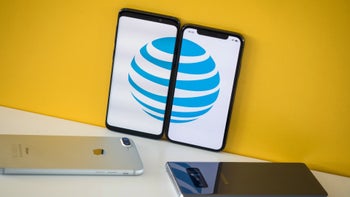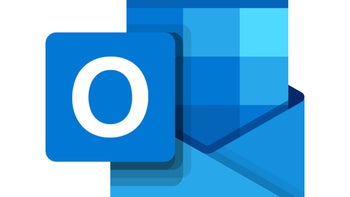Open your heart to Apple… and you might open your iPhone: is Face ID a thing of the past?

It's not enough that the rectangular screens we care about so much have our passwords, passcodes, unlock patterns, fingerprints, digital signatures and keys, our faces, our voices – no, they demand our hearts, too!
I'm joking, of course: they have been monitoring our cardiovascular activity via various smartwatches and fitness trackers for years now. The thing is that soon (allegedly), we'll be able to unlock our iPhones with our… heart rhythm.
OK, but what happens when I try to unlock my phone after eating seven chili peppers in a single sit-down? Will the iPhone recognize its own master, even though my heart will be about to explode?
These are the things that I've been asking myself after coming across AppleInsider's latest Apple-focused article that shines a light on the heart-unlocking potential future of the iPhone.
So, Apple is envisioning a future where traditional methods of unlocking devices, such as passwords, Touch ID, and Face ID, could become obsolete. The tech giant is exploring a groundbreaking approach that utilizes the unique rhythm of a user's heart to grant access to their devices. This concept, detailed in a recently granted patent, leverages the Apple Watch's ability to monitor cardiovascular patterns through its ECG app.
Currently, unlocking an Apple Watch to access other Apple devices, like a Mac, requires entering a passcode. With the new technology, users could bypass this step entirely. Simply wearing the watch and allowing it to monitor your heart rhythm could automatically authenticate and unlock your devices.
The ECG reading on the Apple Watch requires two points of contact: the sensors on the watch's back and the digital crown on the side. By launching the ECG app and touching the crown, a circuit is completed, enabling the device to measure the heart's electrical activity.
The new technology would extend this capability to the iPhone, potentially transforming its entire exterior into a heart-monitoring surface. This would allow the device to authenticate users simply by holding it.
In addition to security, Apple’s patent suggests using ECG data to infer a user's emotional state or "mood". For example, during a workout, the device could analyze heart characteristics and select music with a tempo that matches the user's current physical state. Faster-paced tracks might play during intense exercise, while slower songs could help during cool-down periods.
It's very important who (or what) will create the algorithm that's going to play DJ in our ears, based on our heart rhythm state. I see a great potential for pranks and abuse, so time will tell how this one would play out.
I'm joking, of course: they have been monitoring our cardiovascular activity via various smartwatches and fitness trackers for years now. The thing is that soon (allegedly), we'll be able to unlock our iPhones with our… heart rhythm.
These are the things that I've been asking myself after coming across AppleInsider's latest Apple-focused article that shines a light on the heart-unlocking potential future of the iPhone.
So, Apple is envisioning a future where traditional methods of unlocking devices, such as passwords, Touch ID, and Face ID, could become obsolete. The tech giant is exploring a groundbreaking approach that utilizes the unique rhythm of a user's heart to grant access to their devices. This concept, detailed in a recently granted patent, leverages the Apple Watch's ability to monitor cardiovascular patterns through its ECG app.
Each individual has a distinctive heart rhythm, which the Apple Watch can track. Apple’s patent outlines a method for user identification based on these unique heart patterns. By continuously wearing the Apple Watch, users could seamlessly unlock all their Apple devices. This heart-based authentication method promises enhanced security and faster user verification compared to traditional passwords or biometric scans.
Currently, unlocking an Apple Watch to access other Apple devices, like a Mac, requires entering a passcode. With the new technology, users could bypass this step entirely. Simply wearing the watch and allowing it to monitor your heart rhythm could automatically authenticate and unlock your devices.
The ECG reading on the Apple Watch requires two points of contact: the sensors on the watch's back and the digital crown on the side. By launching the ECG app and touching the crown, a circuit is completed, enabling the device to measure the heart's electrical activity.
The new technology would extend this capability to the iPhone, potentially transforming its entire exterior into a heart-monitoring surface. This would allow the device to authenticate users simply by holding it.
It's very important who (or what) will create the algorithm that's going to play DJ in our ears, based on our heart rhythm state. I see a great potential for pranks and abuse, so time will tell how this one would play out.










Things that are NOT allowed: